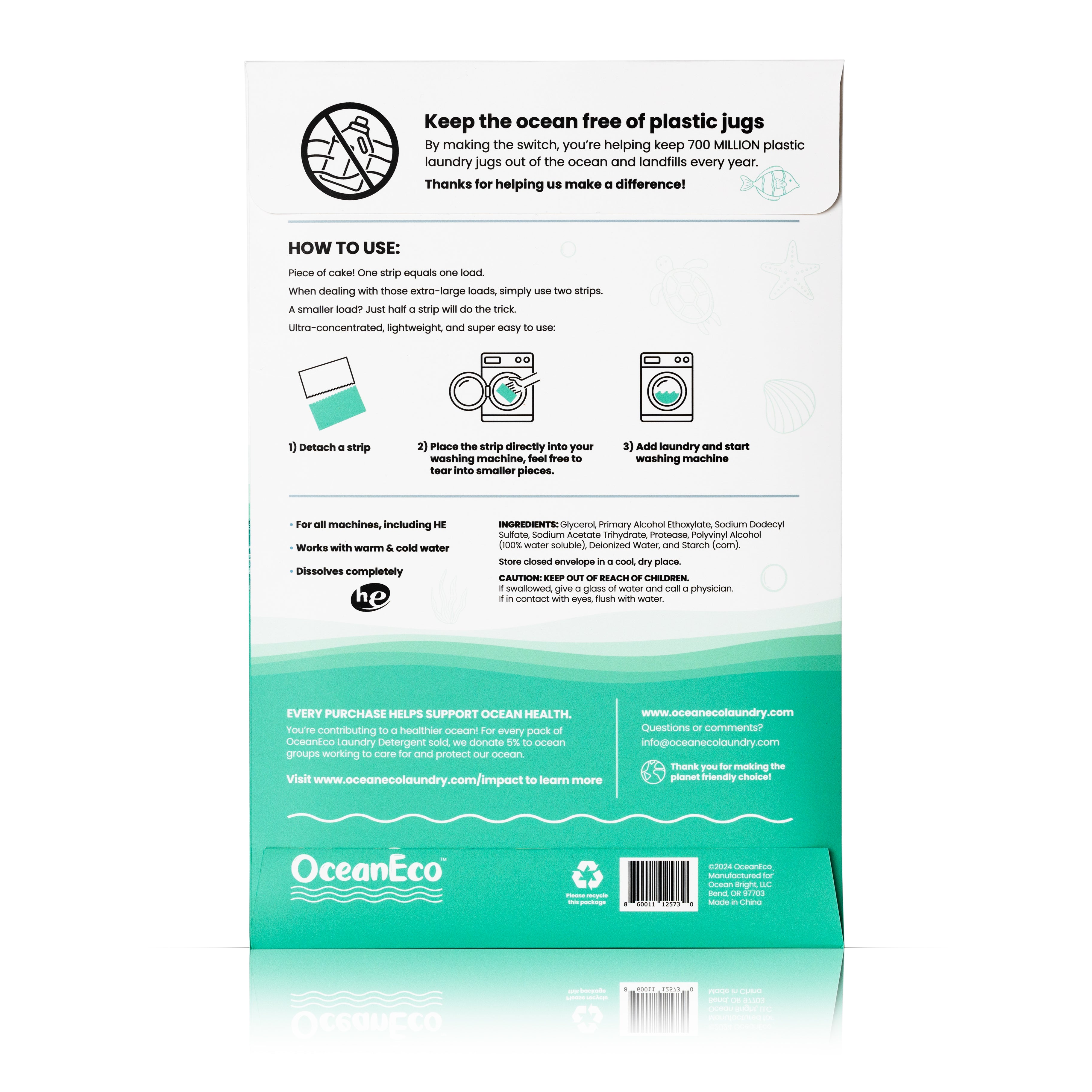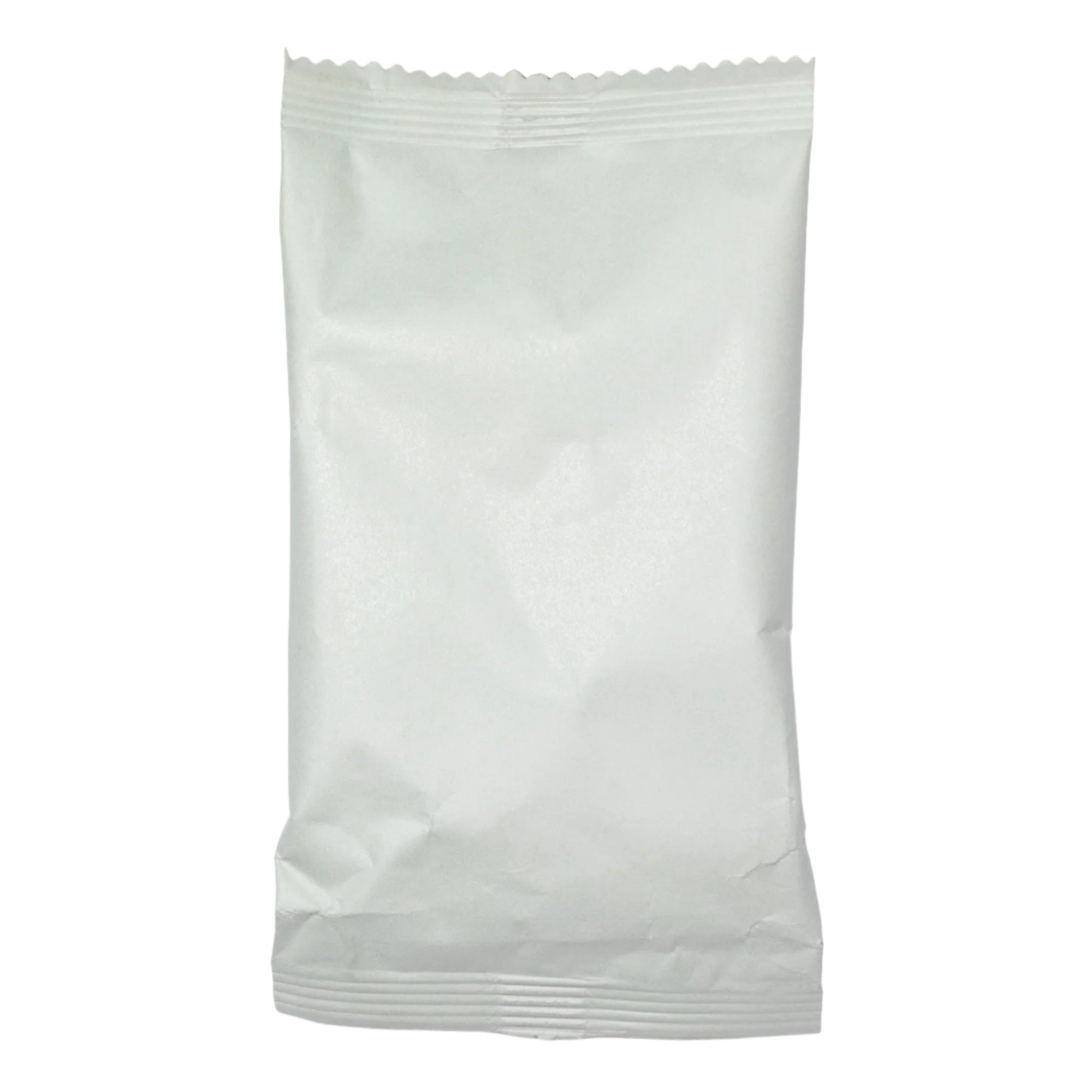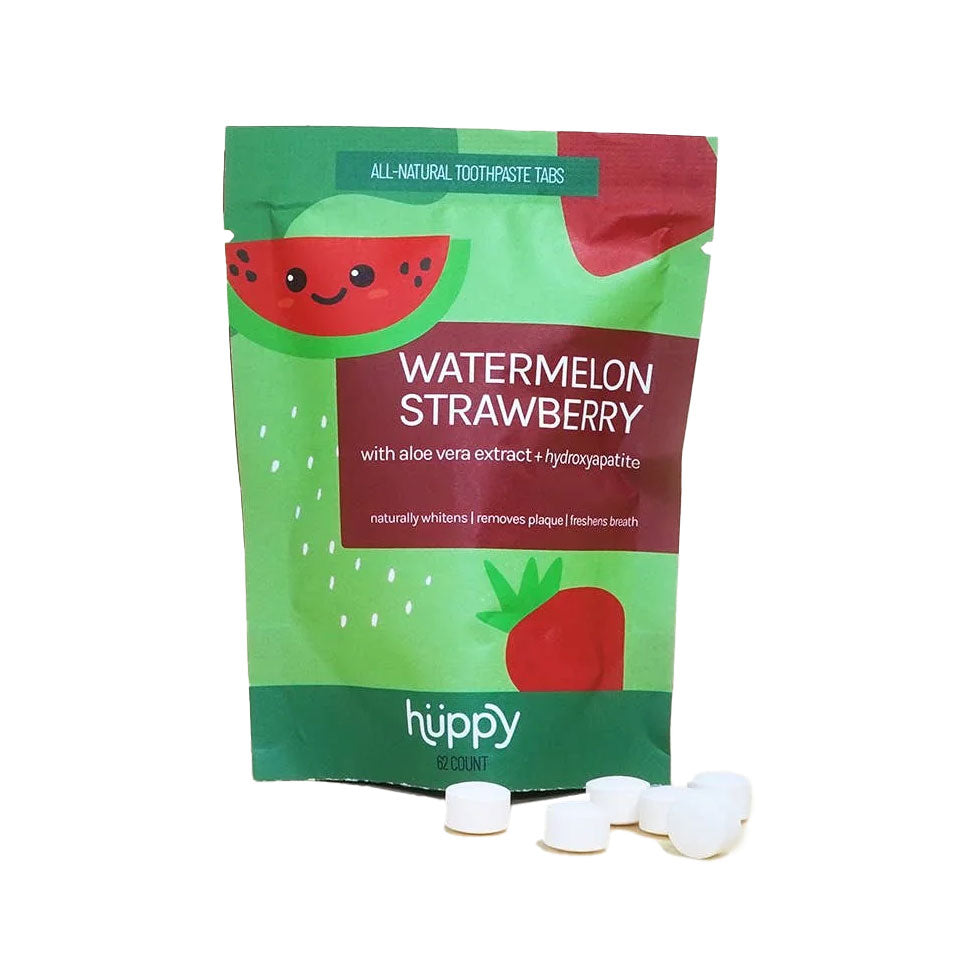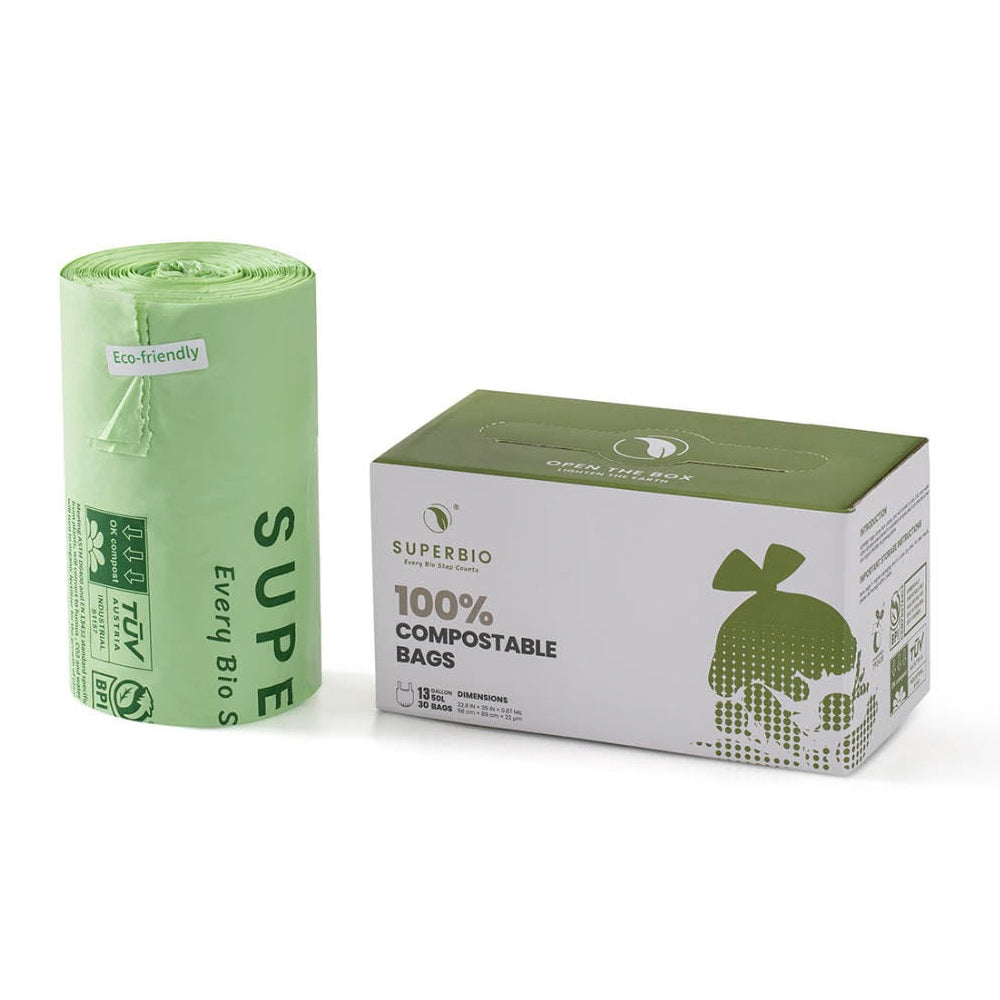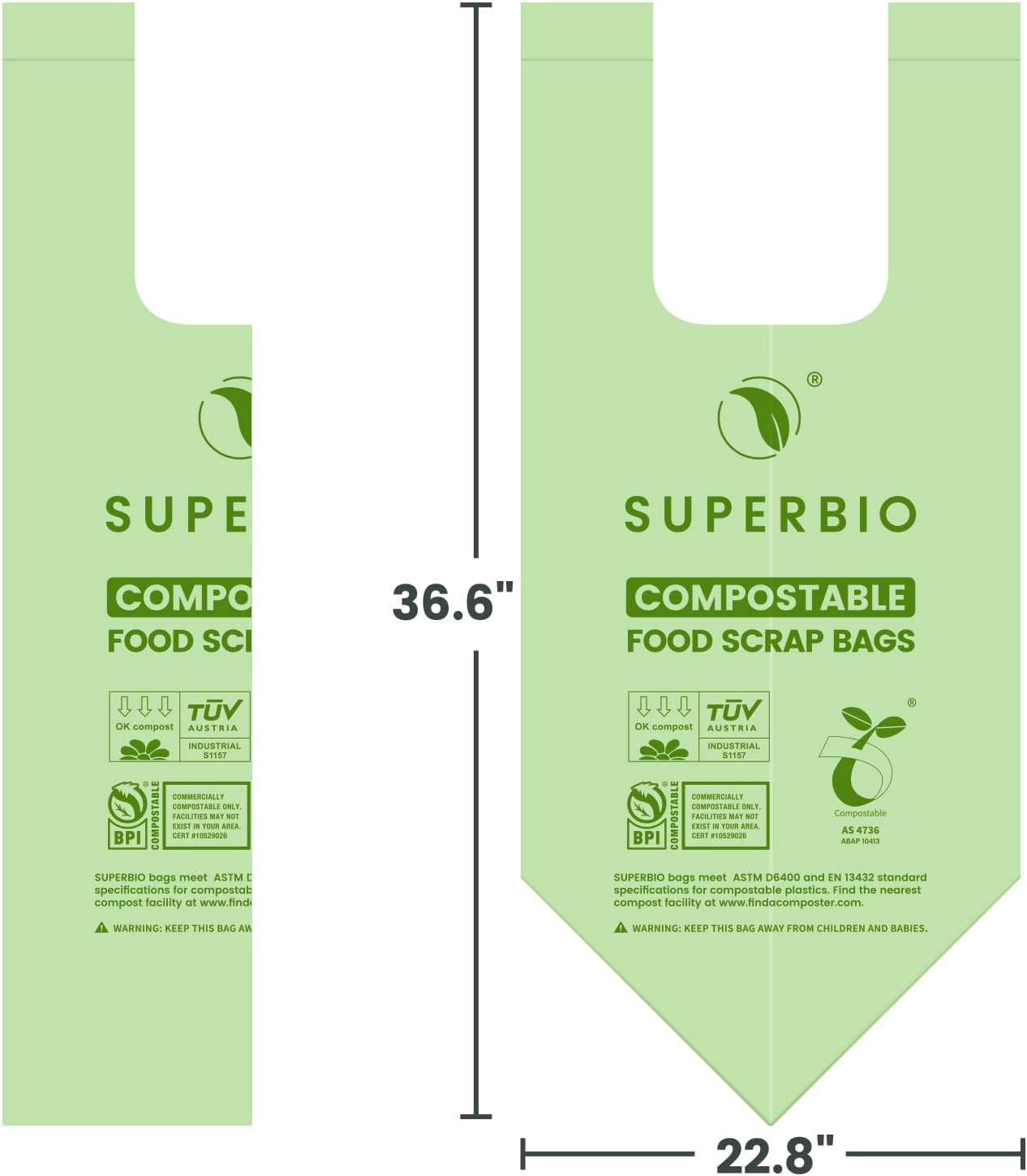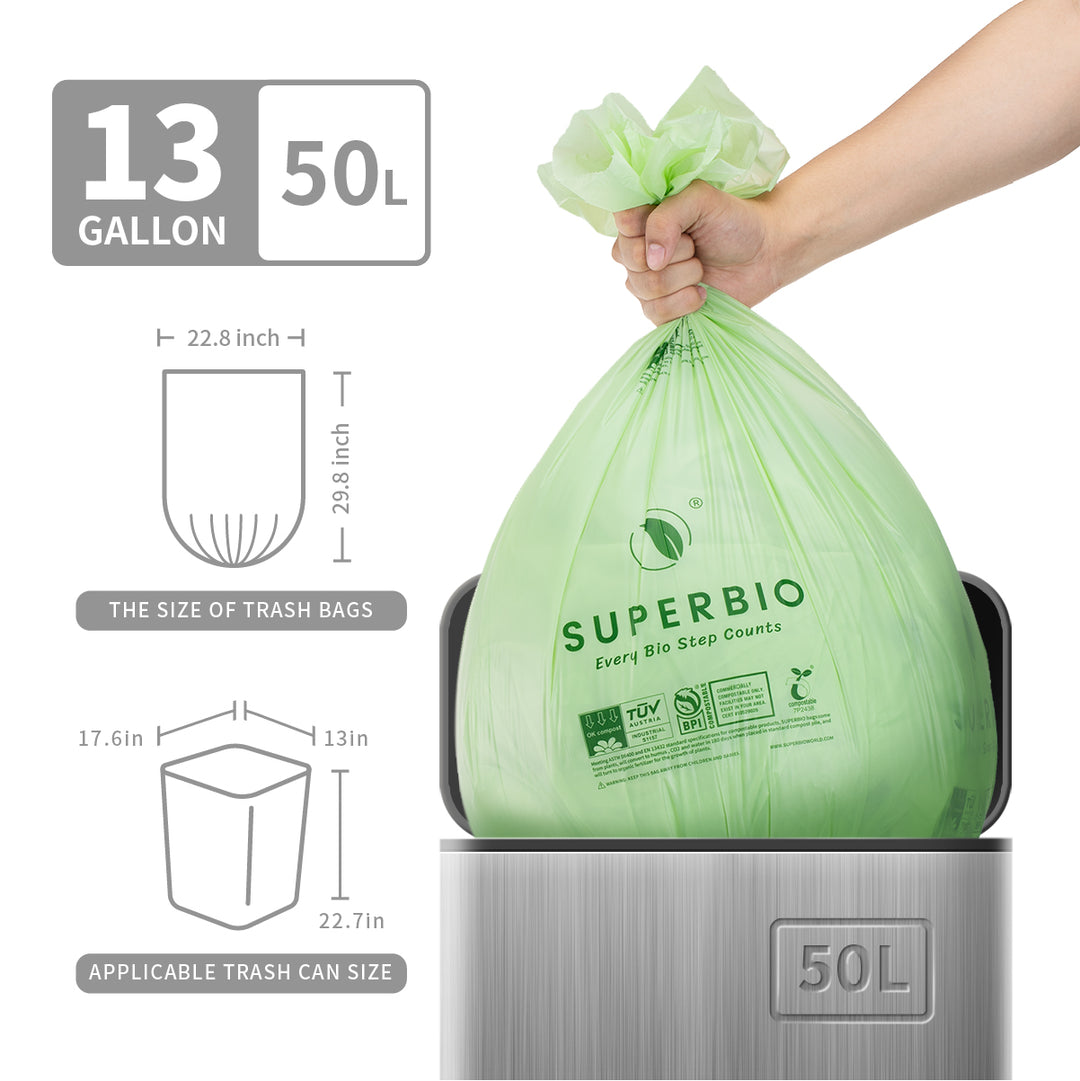Massive Glowing Ocean Creature Lights Up Australian Coast, Observable From Space
A vast turquoise glow spread across waters off southern Australia. It was so bright, satellites caught it from orbit. The spectacle looked like a single colossal creature moving along the coast, yet it was built from countless microscopic lives — a bioluminescent phytoplankton bloom mapped by NASA sensors, Energy Reporters reports.
The glow traced the Great Australian Bight and spilled toward the Bass Strait. From space, it formed streaks and filaments, like veins lighting up the night sea.

Satellites detected a massive turquoise glow off Australia.
Why It Glows
Phytoplankton thrive where sunlight and nutrients meet. When concentrations spike, pigments such as chlorophyll-a push ocean color toward vivid greens and blues. That density can coincide with bioluminescent organisms, turning the water into a sustained nighttime shine visible far beyond the horizon, as earlier “milky sea” detections showed in satellite records, Live Science reports.
NASA’s instruments tracked this new event across multiple passes, revealing a seasonal rhythm shaped by currents, shelf breaks, and deep channels between mainland Australia and Tasmania.

Phytoplankton glow through chlorophyll-a and light production.
Life Follows Light
A surge in phytoplankton feeds the food web from its base. Krill and small fish congregate. Predators arrive next. Along the Bonney Coast, these blooms help draw large marine visitors, according to Energy Reporters, including blue whales that follow the feast line each year — creating a moving banquet that supports fisheries and wildlife alike.
Older satellite-validated glow events hint at another twist: sustained, uniform radiance across huge areas can also involve bioluminescent bacteria linked to organic material in the water, reports Live Science.

These blooms thrive in nutrient-rich, sunlit waters.
A Cosmic Echo — In Name Only
Astronomers use “jellyfish” to describe galaxies with star-forming tendrils streaming like tentacles, NASA Science reports. The Hubble view of JO206 shows bright arms pulled into trails by cluster forces, a visual analogy to the ocean’s filamented bloom patterns — different physics, similar shapes. Both scenes tell a story of matter swept by larger flows.
What Comes Next
With each pass, satellites sharpen our map of bloom timing, strength, and spread. That data helps mariners, fisheries, and conservation efforts plan around shifting conditions while offering rare chances to target these glowing seas for direct sampling at night, Live Science reports, a strategy made practical after prior space-based confirmations.
The ocean signaled in light. Space answered back with detail. The result is a clearer view of a giant, living pattern — one that can fill the horizon and still be seen from the stars.









































































































































































































